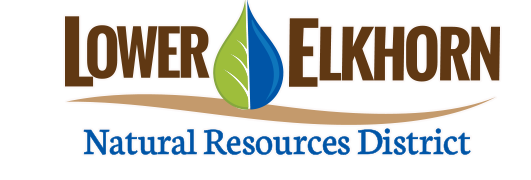Buffer Strips are a common sense approach to land conservation
/The Nebraska Buffer Strip Program is administered from fees assessed on registered pesticides. Cropland adjacent to perennial and seasonal streams, ponds, and wetlands can be enrolled in buffer strips, which are designed to filter agrichemicals such as fertilizers and pesticides. Two kinds of buffer strips are eligible - filter strips, which are narrow strips of grass; and riparian forest buffer strips containing trees and grass. The minimum widths are 20 and 55 feet, respectively; the maximum widths are 120 and 180 feet, respectively.
The program is designed to be used in conjunction with the USDA Conservation Reserve Program (CRP), Conservation Reserve Enhancement Program (CREP), or other programs, however it can be used by itself, as well. Rental rates are calculated as follows:
For irrigated cropland where CRP, CREP, or other governmentally-funded programs are also used, rental rates are $250 per acre minus payments from the other programs.
For irrigated cropland where CRP, CREP, or other governmentally-funded programs are not used, the rental rate is $225 per acre minus any other program payments.
For non-irrigated cropland enrolled in CRP, CREP or other governmentally-funded programs, the rental rate is equal to 20% of the average CRP soil rental rate.
For non-irrigated cropland without CRP, CREP, or other governmentally-funded programs, the rental rate per acre is equal to 120% of the average CRP soil rental rate plus $5 per acre, minus the payment rate from any other programs.
In no case may payments from all programs exceed $250 per acre.
Interested landowners should contact their local Natural Resources District or USDA Natural Resources Conservation Service office to begin the application process.
